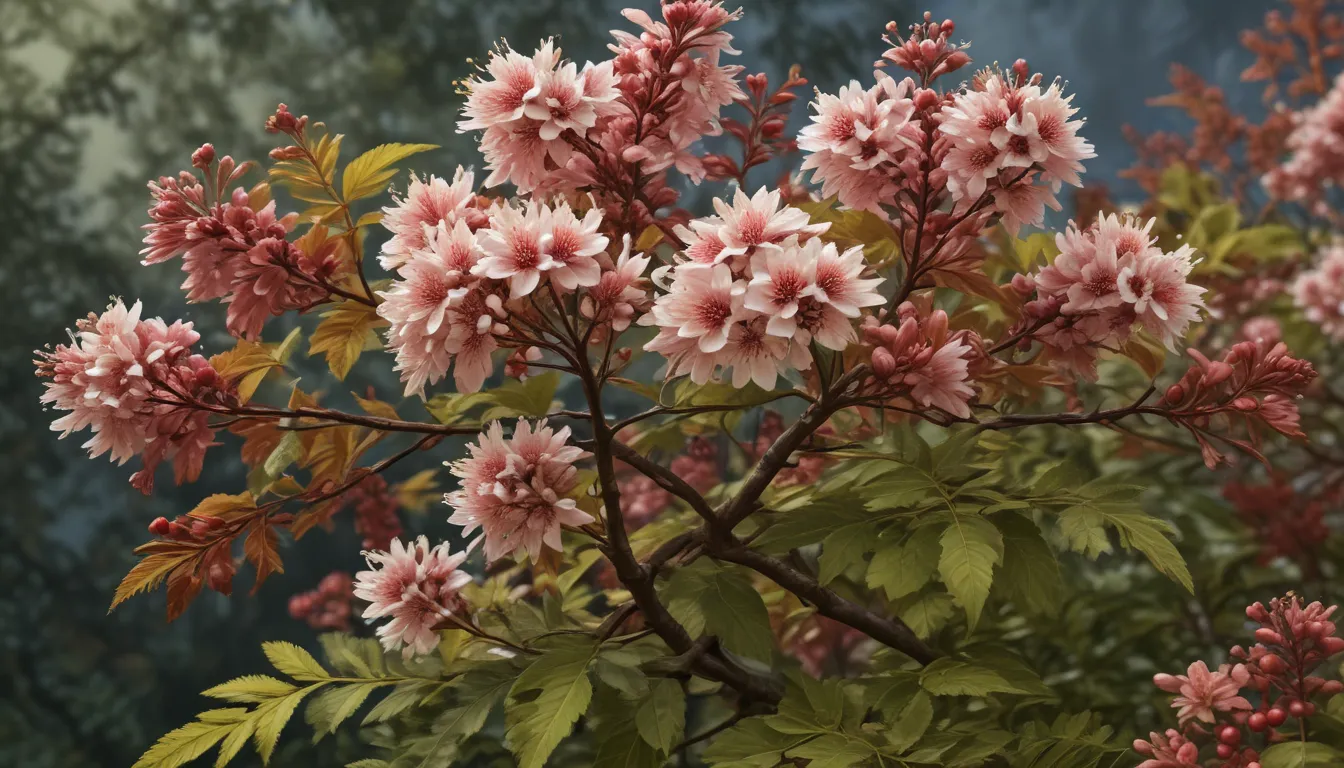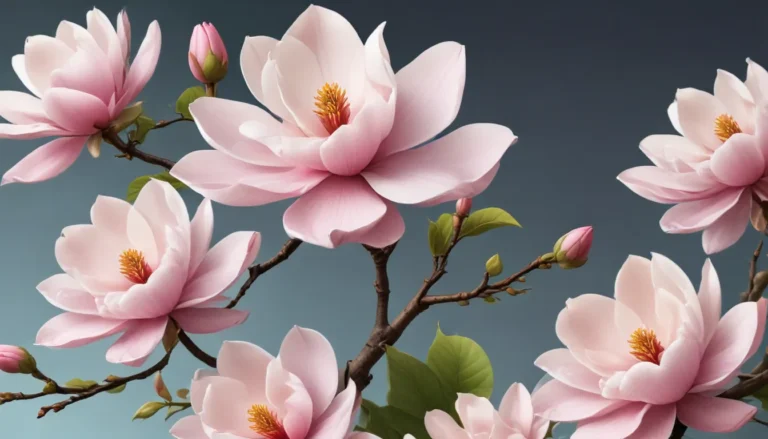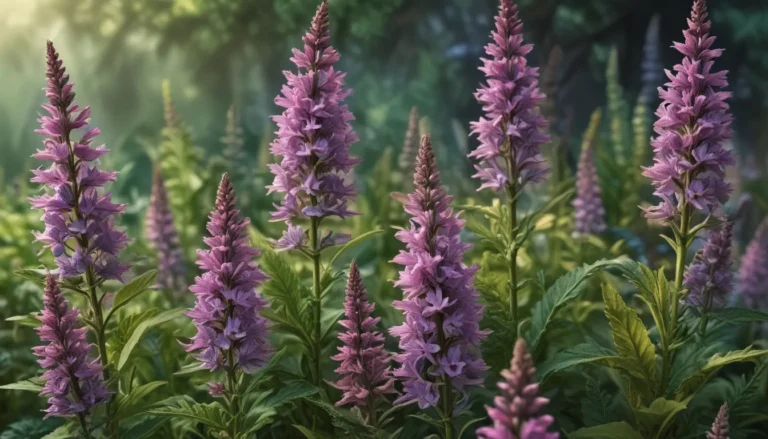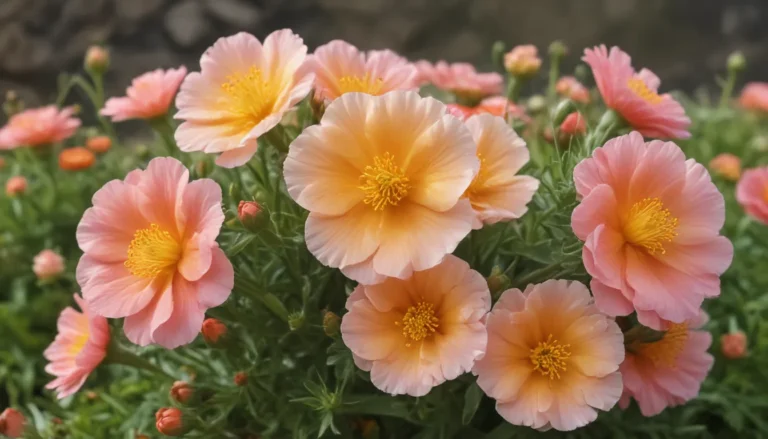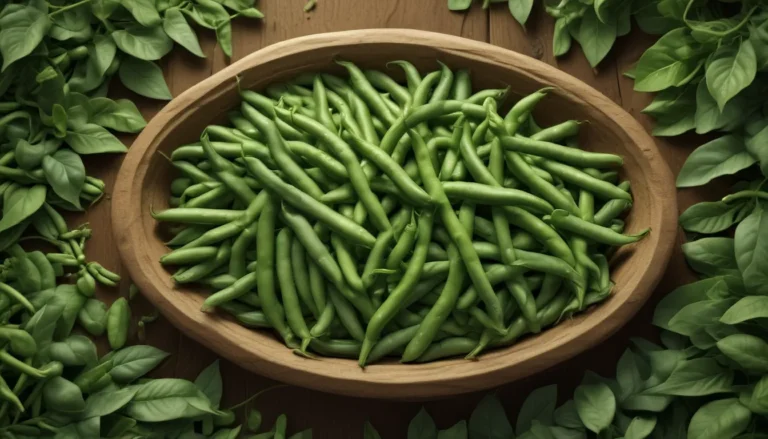The pictures we use in our articles might not show exactly what the words say. We choose these pictures to make you interested in reading more. The pictures work together with the words but don’t take their place. The words still tell you the important facts.
Welcome to the enchanting world of ninebark, a versatile and captivating plant that is sure to add a touch of elegance and beauty to your outdoor space. Whether you are a seasoned gardener or simply a nature enthusiast, the astonishing facts about ninebark are bound to leave you amazed and inspired. Let's delve into the diverse aspects of this remarkable plant and discover why it has captured the hearts of plant enthusiasts and horticulturists alike.
Exploring the Beauty of Ninebark
Ninebark, scientifically known as Physocarpus, gets its name from its unique peeling bark that reveals layers of reddish-brown, copper, or tan-colored bark beneath. This distinct characteristic adds to its charm and sets it apart from other plants in your garden.
Native to North America, ninebark can be found in a variety of habitats, from woodlands to river banks, showcasing its adaptability and resilience. It belongs to the rose family (Rosaceae), which includes other popular plants such as roses, apples, and strawberries, known for their ornamental and edible qualities.
The Allure of Ninebark’s Flowers and Foliage
One of the most captivating features of ninebark is its small yet attractive flowers that bloom in clusters. Ranging in color from white and cream to shades of pink, these delicate blossoms add a touch of charm and elegance to any garden. In addition to its flowers, ninebark is known for its stunning foliage that offers year-round interest.
Highly adaptable to different soil conditions, ninebark thrives in various soil types, including clay, loam, and sandy soils. Its tolerance of both acidic and alkaline pH levels makes it a versatile option for any landscape. What's more, ninebark is a low-maintenance plant once established, requiring minimal watering and fertilizing.
The Versatility of Ninebark Cultivars
With several cultivars of ninebark available, you can find a variety of sizes, shapes, and colors to suit your garden's aesthetic. From 'Diabolo' with its dark purple foliage to 'Summer Wine' with its burgundy leaves, there is a ninebark cultivar for every preference. These cultivars offer a range of options to create a visually stunning landscape.
Practical Benefits of Ninebark
Beyond its aesthetic appeal, ninebark provides a multitude of practical benefits for your garden. It is a magnet for beneficial insects and pollinators, making it a valuable addition to any pollinator garden. Additionally, ninebark is often used for erosion control on slopes and hillsides due to its tolerance for poor soils and dense root system.
Historical and Medicinal Uses of Ninebark
Historically, Native American tribes used different parts of the ninebark plant for medicinal purposes. From treating fevers to coughs and colds, ninebark has a long history of being used for its healing properties. Furthermore, ninebark is deer-resistant, making it an excellent choice for gardens in areas with high deer populations.
Pruning and Growth Habits of Ninebark
Ninebark can be easily pruned to maintain its shape or encourage bushier growth. Depending on the variety and pruning techniques, it can be grown as a shrub or trained into a small, ornamental tree form. The fruits of ninebark are small capsules that add visual interest after flowering, further enhancing its appeal in your garden.
Frequently Asked Questions About Ninebark
-
What is the ideal growing condition for ninebark?
Ninebark thrives in full sun to partial shade and prefers well-drained soil. It can tolerate various soil types, including clay, loam, and sandy soils. -
How tall does ninebark typically grow?
Depending on the variety, ninebark can reach a height of 6 to 10 feet, with dwarf cultivars staying more compact at around 3 to 4 feet tall. -
When is the best time to prune ninebark?
Pruning ninebark is best done in late winter or early spring before new growth appears to encourage healthy growth. -
Is ninebark susceptible to pests or diseases?
Ninebark is generally resistant to most pests and diseases, but may encounter issues such as powdery mildew. Regular inspection and care can help prevent these problems. -
Can ninebark be grown in containers?
Yes, ninebark can be grown in containers with proper drainage, watering, and fertilization. -
Can ninebark be used for landscaping?
Absolutely! Ninebark is a popular choice for landscaping due to its attractive foliage. It can be used as a hedge, specimen plant, or in mixed borders to add color and texture.
Embracing the Beauty of Ninebark
In conclusion, ninebark is a truly remarkable plant that offers a wide range of benefits and features for your garden. Whether you are seeking a low-maintenance ornamental, a pollinator-friendly addition, or an erosion control solution, ninebark is a versatile and resilient choice. Its adaptability, attractive foliage, and year-round interest make it a standout in any landscape.
As you explore the wonderful world of ninebark, you will discover the countless possibilities it brings to your outdoor space. With its beauty, hardiness, and ecological benefits, ninebark is sure to impress both novice and experienced gardeners alike. Add this extraordinary plant to your garden and enjoy its abundant rewards for years to come.
So, why not unlock the wonders of ninebark and let its captivating qualities inspire you to create a vibrant and thriving garden that reflects the beauty of nature? Explore the fascinating facts about ninebark and embark on a journey of discovery and delight in your garden today.
